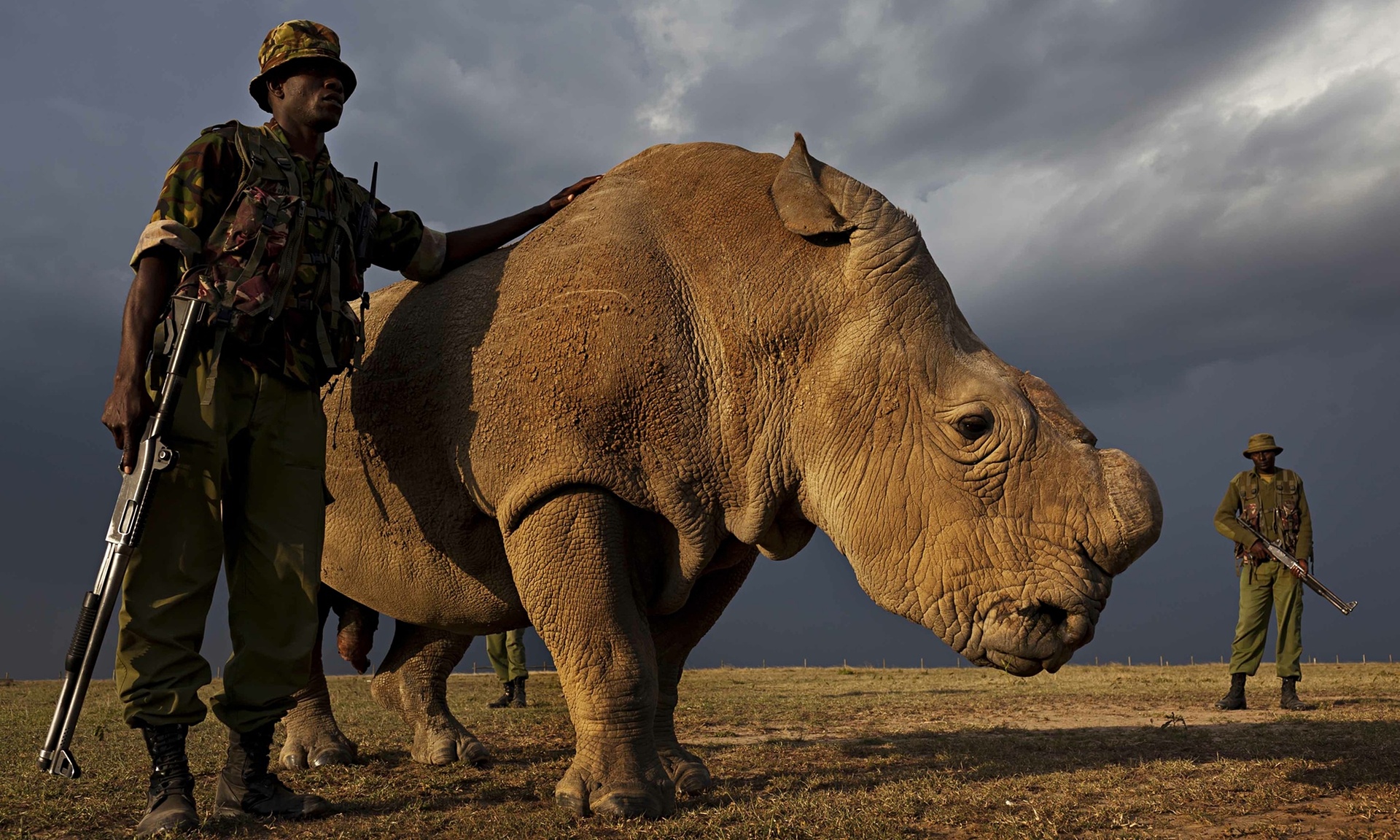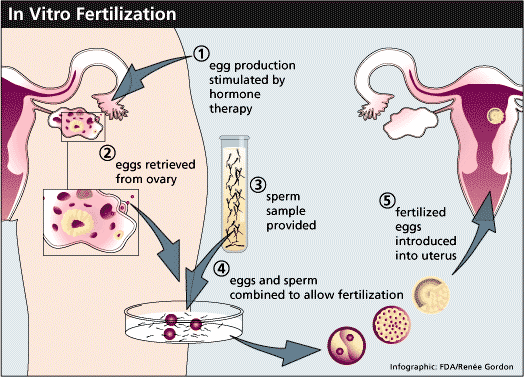By Jaidev Bapat | UTS Staff Writer | SQ Online (2015-16)

Are we witnessing the slow extinction of the northern white rhinoceroses?
The Ol Pejeta Conservancy is a large wildlife reserve in Kenya. It is also a site of great importance to conservationists, as it is the current home of Sudan, the last male northern white rhino. There are only three female northern white rhinos currently alive, two of which also live at the Ol Pejeta Conservancy. The third resides right here at the San Diego Zoo. One female died recently (on July 28, 2015) at the Dvur Králové Zoo in the Czech Republic.
Africa has historically had a major poaching issue. Poachers are responsible for the extinction of the western black rhino and for whittling down the northern white rhino population from about 2,000 in the 1960s to fewer than twenty in the mid-1980s. Rhinos are targeted for their highly prized horns; there is a high demand for rhino horns in eastern Asia, and they can fetch prices of up to $34,100/lb. Many myths exist about the medicinal properties of rhino horns, from curing hangovers to curing cancer. Rhinos are also hunted for their meat and skin, and sometimes simply for the amusement that accompanies killing something that resembles an animal from prehistoric eras.
The Ol Pejeta Conservancy protects Sudan from poachers by constantly surrounding him with armed park rangers. Additionally, Sudan’s horn has been cut off, making him an even less attractive target. As the last male of his kind, Sudan shoulders the responsibility of mating with one of the two female northern white rhinos on the conservancy. Researchers previously attempted to mimic conditions of the wild in the hope that it would prompt Sudan to mate with one of the females. Unfortunately, all the rhinos have passed their peak fertility years. Additionally, Sudan’s legs are very weak due to age and an entire life in captivity.
Researchers are attempting to find other ways to repopulate and save the northern white rhinos from extinction. According to CEO of the Ol Pejeta Conservancy, Richard Vigne, artificial reproduction is being explored, particularly in-vitro fertilization (IVF). The idea behind IVF is that sperm and eggs would be harvested from Sudan and a female northern white rhino respectively, and the sperm would fertilize the egg in a laboratory culture. The resulting embryo would be implanted into a female southern white rhino. Southern white rhinos are genetically close enough to northern white rhinos for this to be a viable solution, and researchers have harvested enough rhino cells for IVF to be possible.
Vigne admits that IVF is not guaranteed to succeed. According to Barbara Durrant, director of reproductive physiology at the San Diego Zoo Institute for Conservational Research, conditions for successful IVF vary significantly among species due to differences in uterus shape and structure. In addition, researchers are currently in the process of determining these conditions in rhinos. IVF involving rhinos has been performed only once, and failed when the embryo began to undergo cell division. Other obstacles to successful IVF with rhinos are that female rhinos’ reproductive tracts are difficult to access and that rhinos only ovulate about once a month, limiting the number of eggs that can be harvested. Jeanne Lorring, who is the director of the Center for Regenerative Medicine at the Scripps Research Institute and has worked with the San Diego Zoo, admits that a lack of funds is another major obstacle. According to Lorring, an IVF program for rhinos has the potential to be successful if enough funding is secured. Meanwhile, Durrant’s team has been able to harvest regular rhino cells and turn them into stem cells, which can differentiate into any kind of body cell. The team hopes to be able to reprogram these stem cells into egg or sperm cells.

The northern white rhinos’ situation is precarious, and there is no guarantee that they can successfully be brought back from the brink of extinction. Nevertheless, researchers at Ol Pejeta, the San Diego Zoo, and other institutions continue to make efforts to save these rhinos, and the conservancy will continue to protect every threatened animal under its care. However, only time will tell if nature has selected the northern white rhino for extinction – at the hands of man or otherwise.
[hr gap=”0″]
Sources:
- http://news.nationalgeographic.com/2015/07/150729-rhinos-death-animals-science-endangered-species/
- http://news.yahoo.com/then-were-5-inside-race-save-northern-white-135512824.html
- http://www.latimes.com/local/california/la-me-rhinos-extinction-20150124-story.html
- http://www.npr.org/2015/04/17/400285242/last-male-white-rhino-is-under-guard-in-kenya
- http://www.npr.org/sections/goatsandsoda/2014/12/17/371443402/were-down-to-5-northern-white-rhinos-is-it-too-late-for-babies
- http://www.theguardian.com/commentisfree/2015/may/12/last-male-northern-white-rhino
- http://www.theguardian.com/environment/2015/apr/27/ol-pejeta-kenya-sudan-worlds-last-male-northern-white-rhinoceros
- http://www.washingtonpost.com/sf/world/2015/06/16/how-the-fate-of-an-entire-subspecies-of-rhino-was-left-to-one-elderly-male/